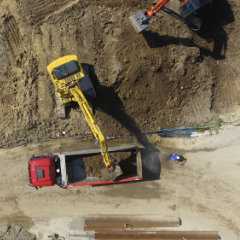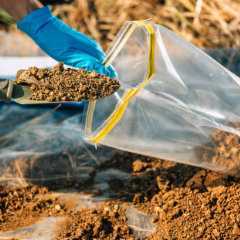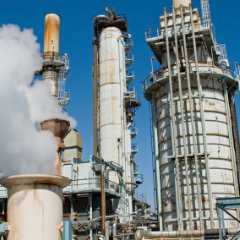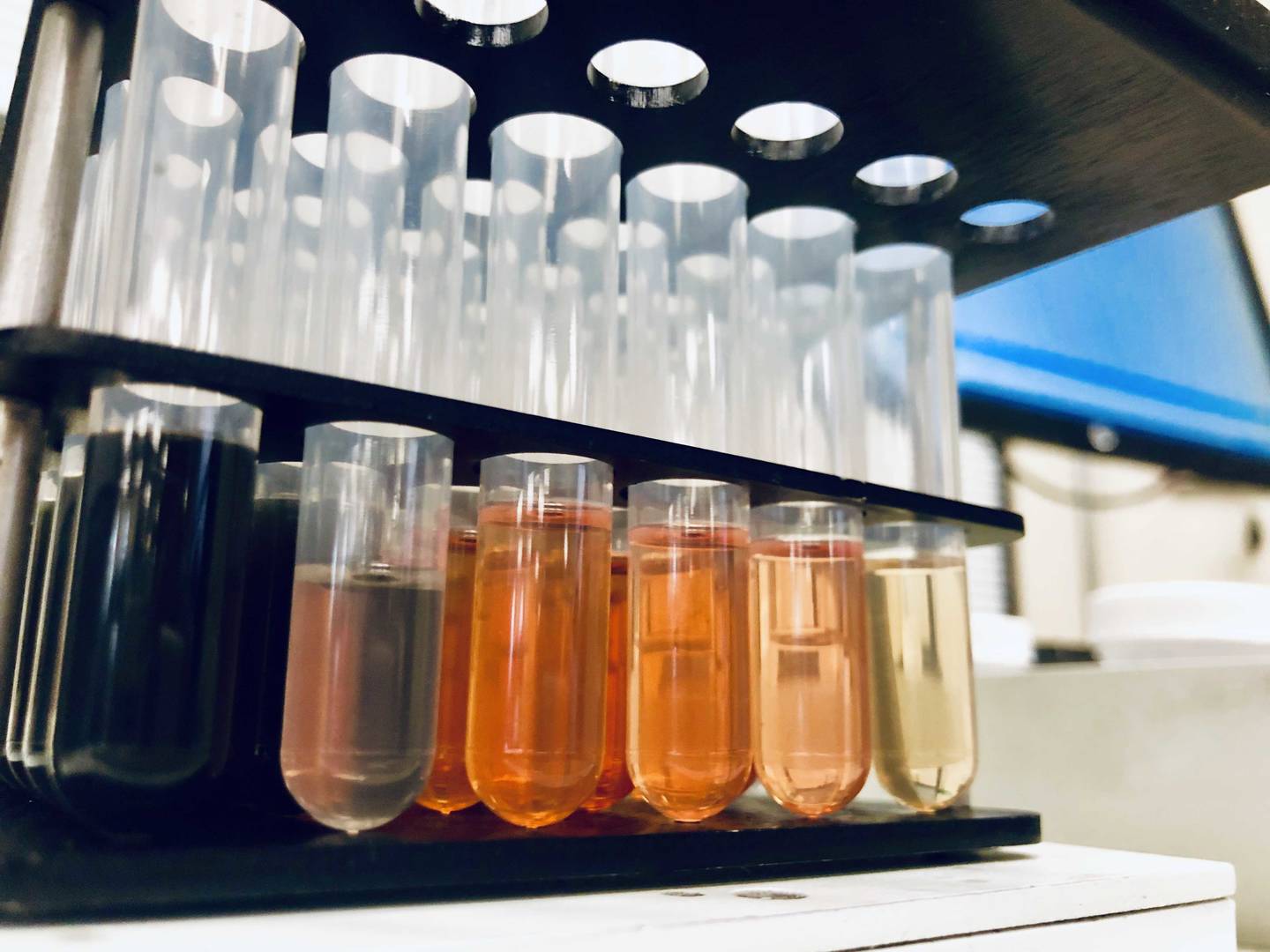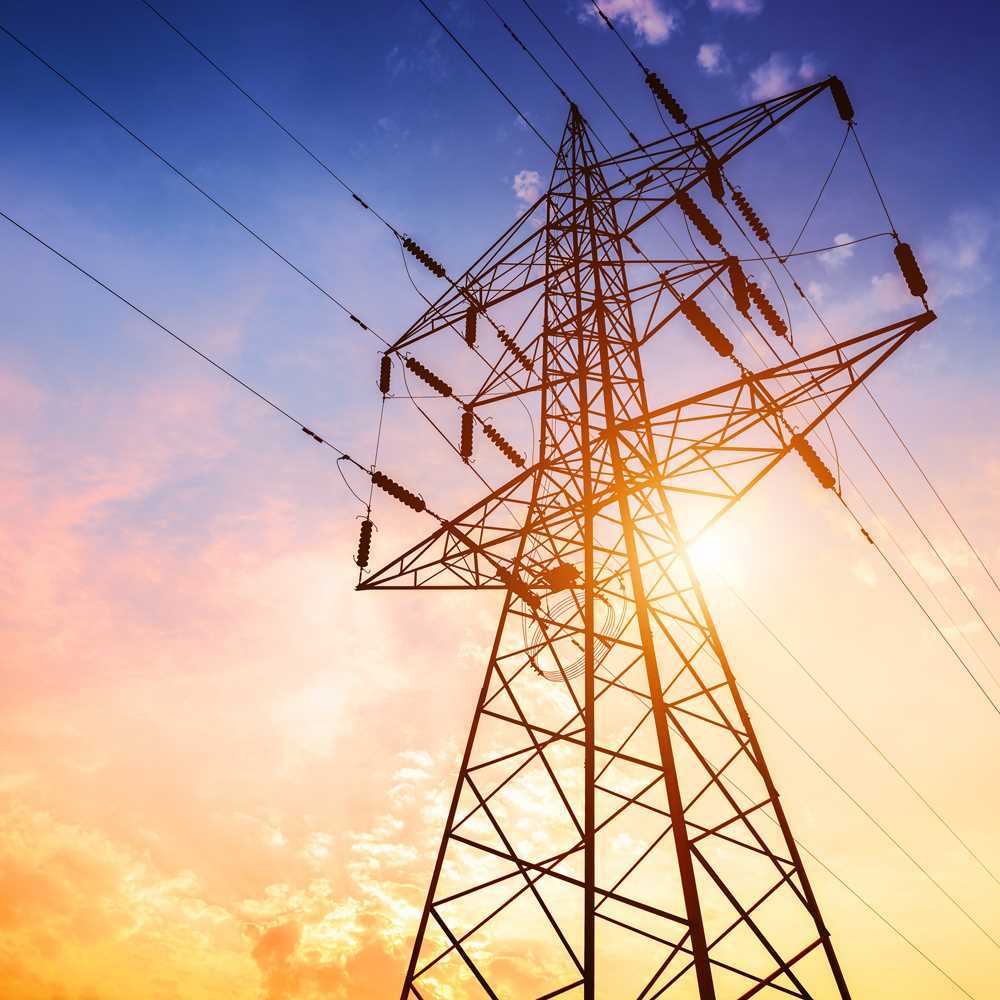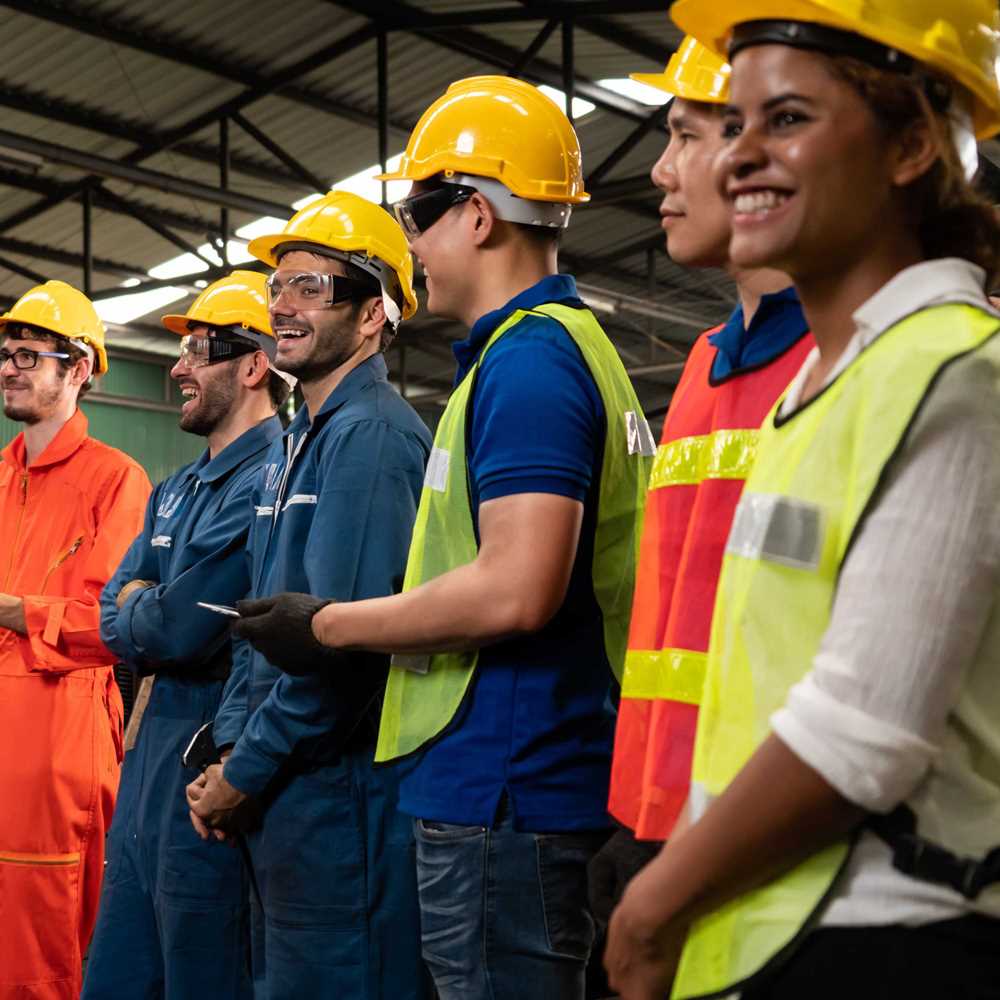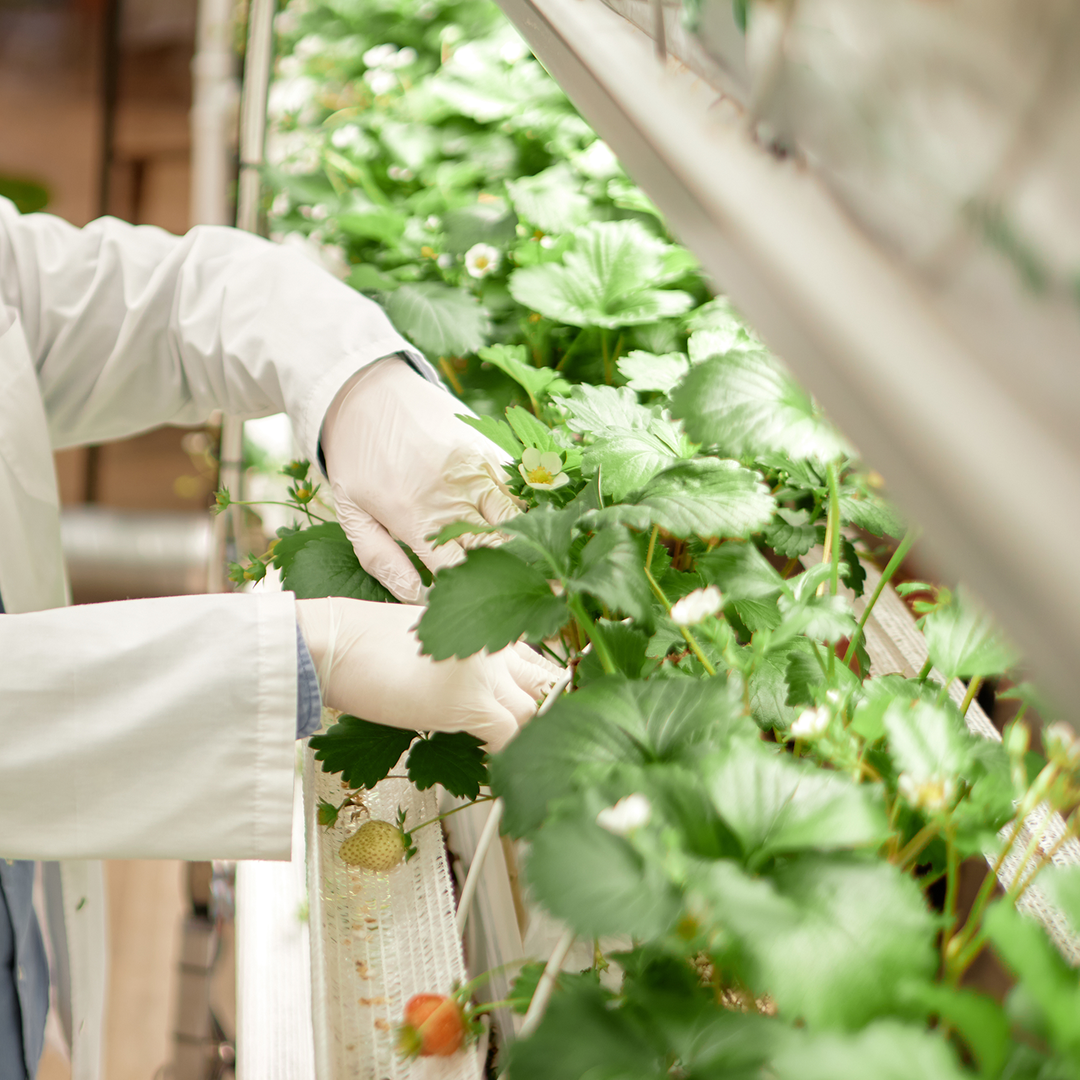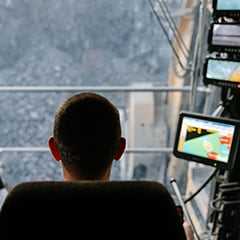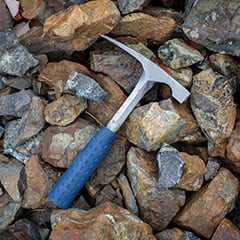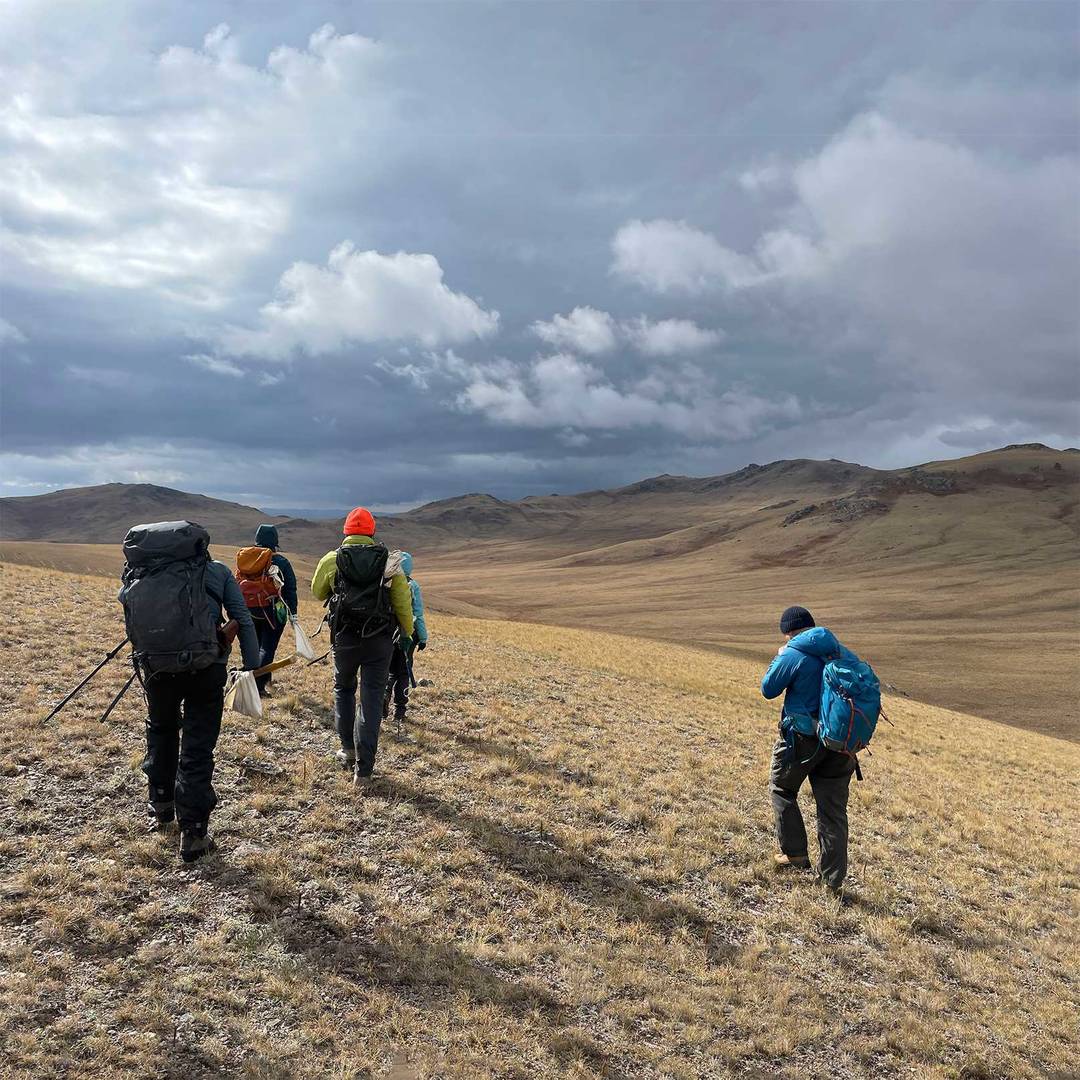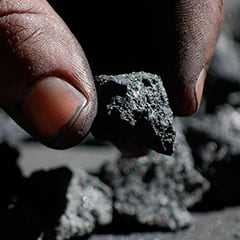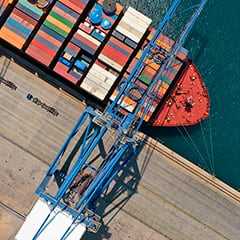ALS builds and implements bushfire resilient monitoring infrastructure in Australia
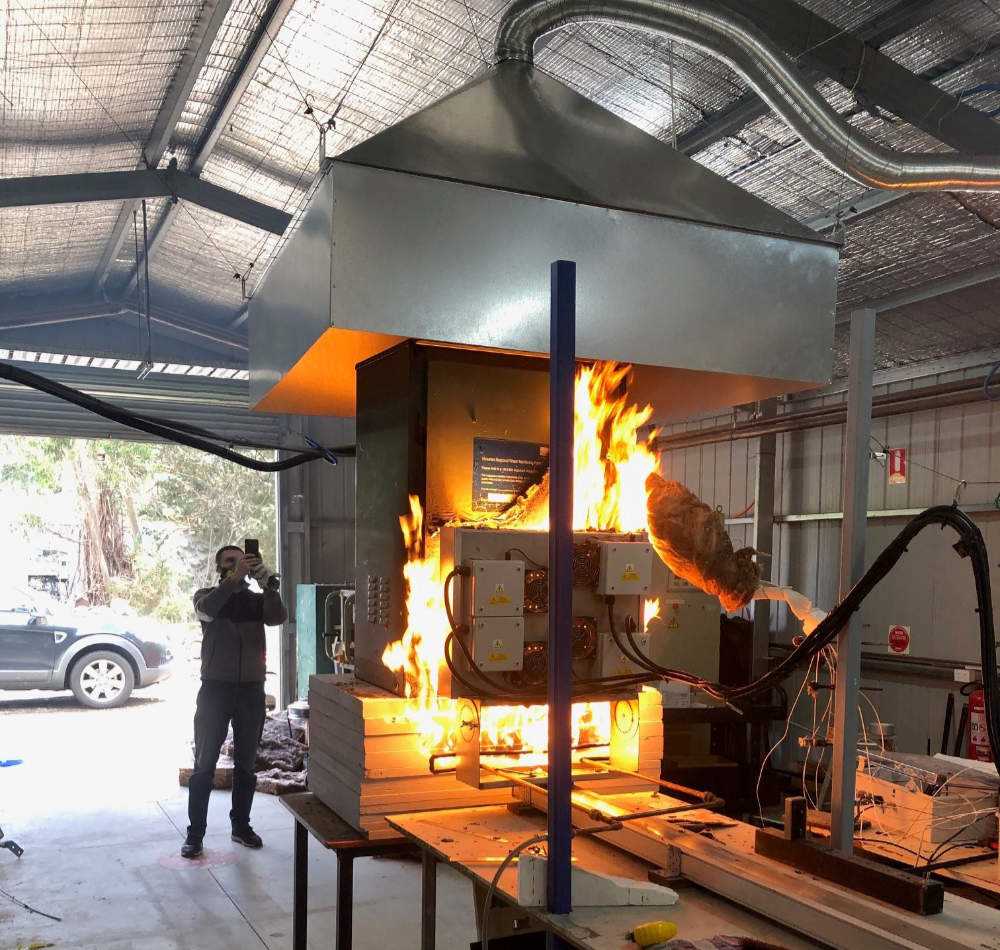
From 2019 to 2020, devastating bushfires swept across Australia, causing more than AUD$250,000 of damage to the country’s Department of Energy, Environment and Climate Action (DEECA) site monitoring infrastructure, resulting in the loss of critical real-time data and highlighting the vulnerability of existing systems.

Damages from 2019-2020 bushfires.
As a response to this significant loss, DEECA and the University of Melbourne partnered with global testing leader ALS’ Hydrographics team to develop and deploy new bushfire-resilient monitoring cabinets. The innovation is already helping protect environmental data at high-risk by strengthening infrastructure across southern Victoria.
Sam Carracher, ALS’ Southern Victoria Regional Manager, Hydrographics, who co-authored a study on the project for the Journal of Safety Science and Resilience, said it showed what could be achieved through science, innovation and collaboration:
“Losing data during a bushfire event means losing insights that are critical for managing our environment,” Sam said.
“That’s why we set out not just to simply repair the damage but take a proactive approach to how monitoring sites could better withstand fire.”
The team began sourcing and testing heat-resistant materials that could be applied cost-effectively to field infrastructure. Trials were conducted at the University of Melbourne’s Creswick Campus, where a specialised panel produced radiant heat up to 1,800°C – simulating the extreme conditions of medium-intensity grassfires.
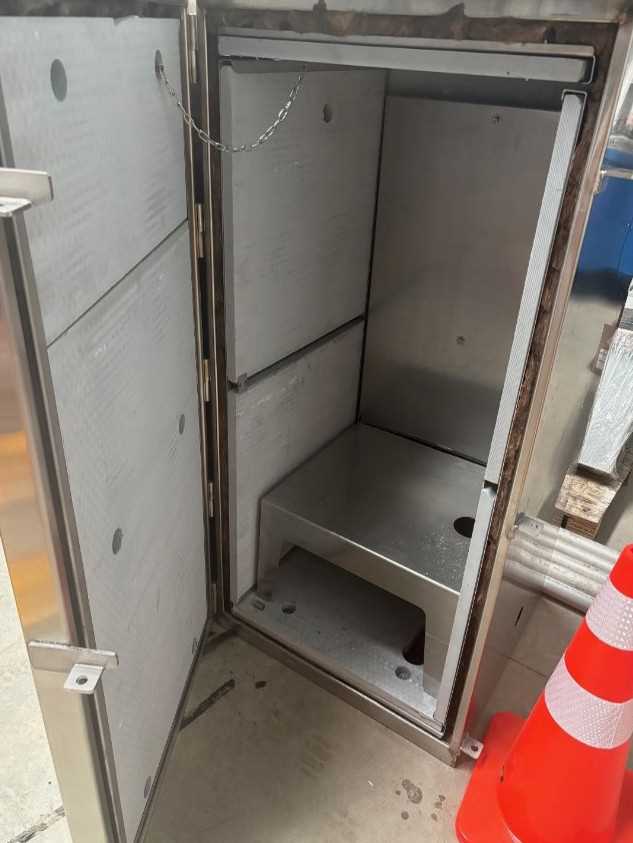
“Our testing focused on protecting the most vulnerable elements of a monitoring site – the instrument cabinets, conduits, cable pits and exposed components such as antennas and solar panels. The results were promising,” Sam said.
“From that work, we developed a new insulated instrument cabinet that successfully kept internal temperatures below instrument failure thresholds under bushfire conditions. “Several of these cabinets have already been manufactured and deployed at high-risk sites.”
Alongside the new cabinets, the project team also identified simple, practical solutions that can be retrofitted to existing infrastructure, including:
- Replacing plastic tubing with stainless steel
- Using concrete pits instead of plastic
- Adding Earthwool insulation batts and ceramic paper to reduce heat transfer
These modifications are now being implemented at sites most exposed to fire risk, strengthening resilience and safeguarding Australia’s critical environmental data.
To find out more about ALS’ efforts to improve environmental monitoring, contact Sam at sam.carracher@alsglobal.com
About ALS Limited
A global leader in testing, ALS provides comprehensive testing solutions to clients in a wide range of industries around the world. Using state-of-the-art technologies and innovative methodologies, our dedicated international teams deliver highest-quality testing services and personalized solutions supported by local expertise. We help our clients leverage the power of data-driven insights for a safer and healthier world.
Reference:
A.I. Filkov, M. Mohamed, S. Carracher, J. Simkin, Improving fire resistance of data monitoring equipment in wildland and wildland-urban interface fires, Journal of Safety Science and Resilience, Volume 7, Issue 1, 2026, 100224, ISSN 2666-4496, https://www.sciencedirect.com/science/article/pii/S2666449625000581


